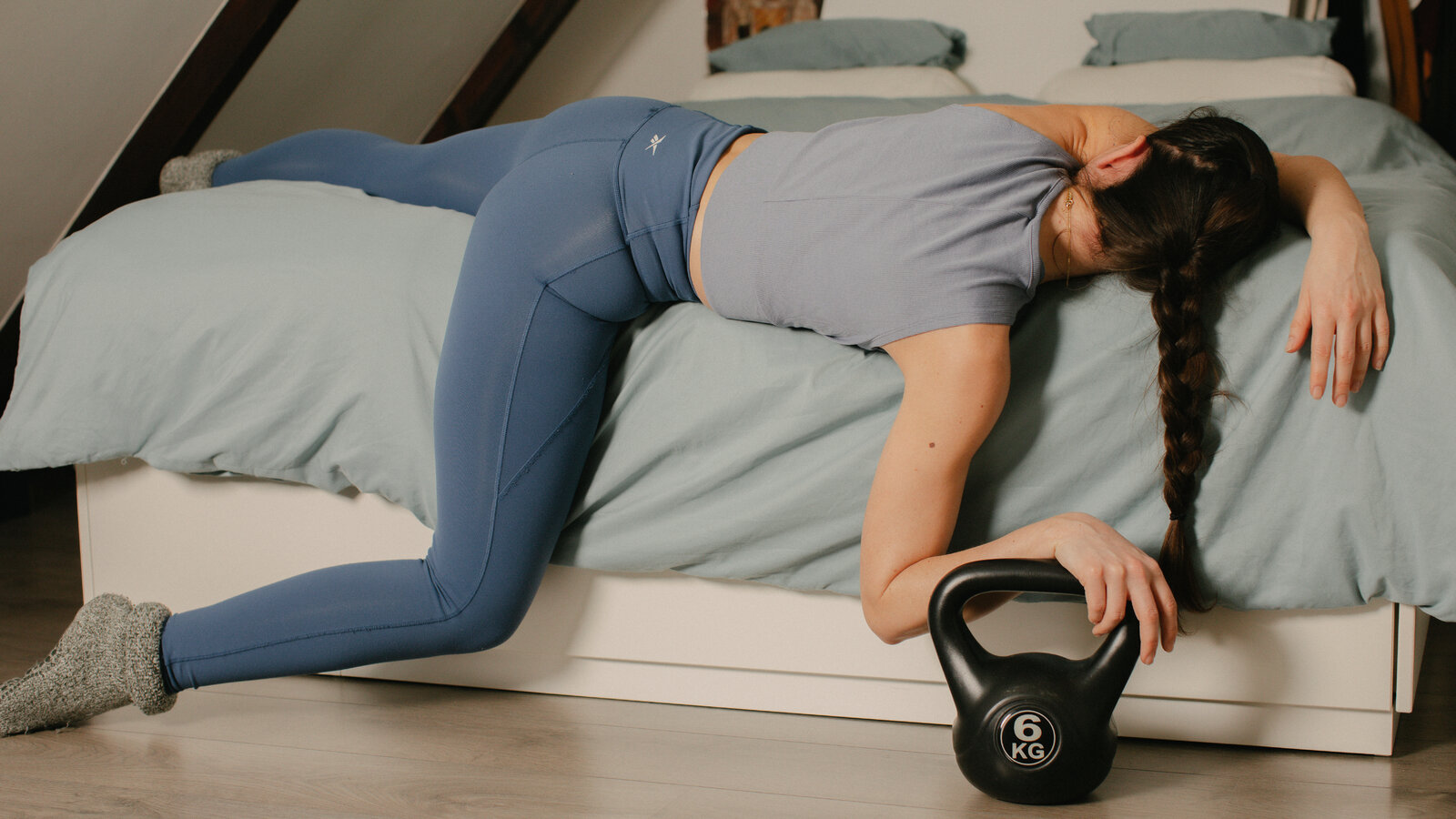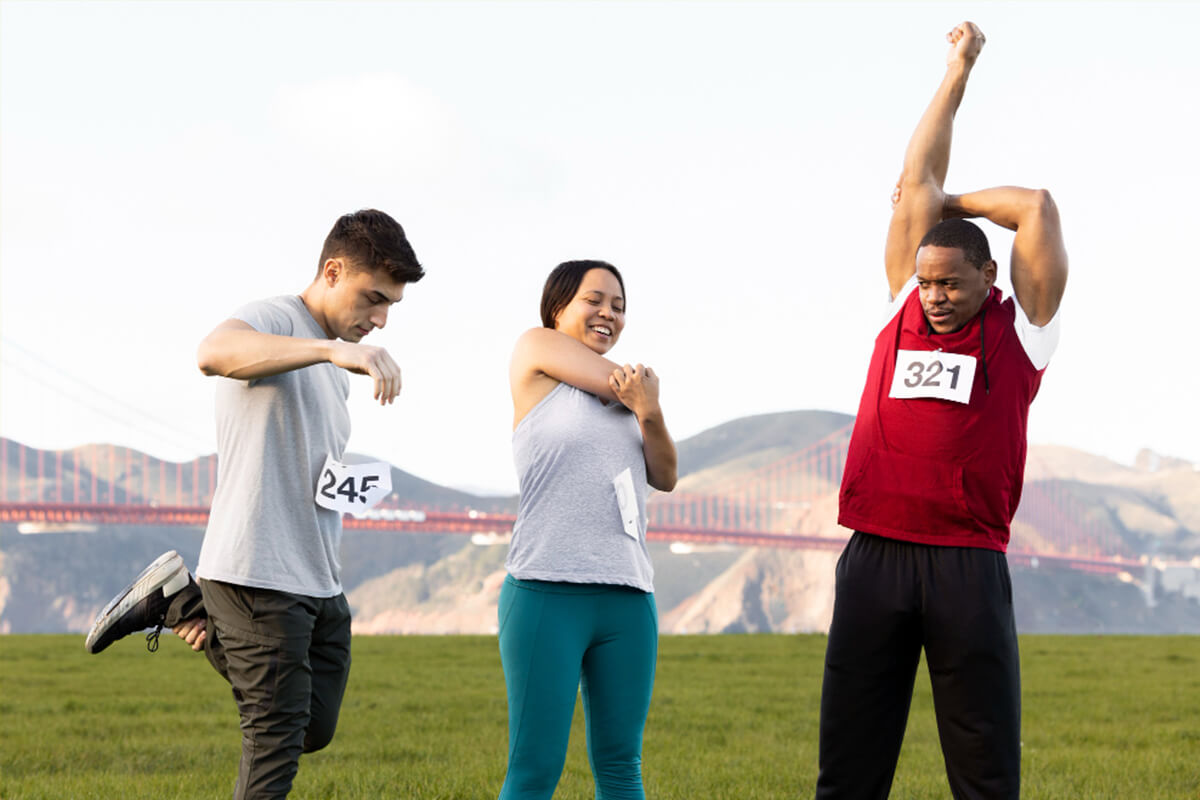In today’s fast-paced, technology-driven world, the pursuit of balance and well-being has become a cornerstone of modern living. People are no longer viewing sports as simply competitive activities but as essential elements of a healthy lifestyle. From weekend warriors hitting local trails to busy professionals carving out time for fitness classes, the integration of sports into daily routines is shaping how we live, work, and interact. This cultural shift toward active living is more than a trend—it’s a transformation in how we approach health, community, and personal growth.
Why Sports Are Becoming a Lifestyle Choice
Sports have always been about more than winning games or breaking records. In recent years, they’ve evolved into powerful tools for stress relief, social connection, and personal development. Modern lifestyles, dominated by sedentary jobs and digital distractions, have led to rising rates of stress, obesity, and lifestyle-related illnesses. As a result, people are gravitating toward physical activities not just for fitness but as a holistic escape—a way to reset their minds and bodies.
From running clubs to yoga retreats, sports are providing structure and meaning beyond the typical workday. Activities like hiking, cycling, or even recreational team sports offer opportunities to explore nature, build friendships, and create rituals that enhance mental and physical health. The growing popularity of wearable fitness technology and wellness apps has also made it easier for individuals to set goals, track progress, and stay motivated, reinforcing the connection between sports and everyday well-being.

The Mental Health Connection
One of the most profound impacts of integrating sports into daily life is the improvement in mental health. Studies consistently show that regular physical activity reduces anxiety, improves mood, and boosts self-esteem. Sports, in particular, offer a unique advantage by combining physical exertion with social interaction and a sense of achievement.
Group activities such as team sports or fitness classes help combat feelings of isolation and loneliness, which are common in urban lifestyles. The camaraderie built on the field or in the gym can lead to lasting friendships and a sense of belonging, while individual sports like swimming or cycling allow people to enjoy meditative, stress-reducing solitude. For many, these moments of connection—whether with others or with oneself—are just as valuable as the physical benefits.
How Sports Are Influencing Daily Routines
The sports-lifestyle movement is also changing how people plan their days. Workouts are no longer seen as optional extras but as integral parts of daily schedules. Morning runs before work, lunch-hour gym sessions, and evening cycling meetups are becoming standard routines for those seeking balance between career, family, and personal health.
In many cities, this cultural shift has fueled the growth of boutique fitness studios, outdoor workout spaces, and multi-use recreational facilities. Employers are also recognizing the value of active employees, with some offering wellness programs, on-site gyms, and flexible schedules that encourage regular exercise. As a result, the boundary between “work” and “play” is blurring, as people integrate sports into their lives in a way that feels natural and sustainable.
The Role of Technology and Social Media
Technology has played a pivotal role in making sports a lifestyle staple. Fitness trackers, smartwatches, and mobile apps help individuals monitor performance, set goals, and stay accountable. Social media has also transformed the way we approach active living, turning it into a shared experience. Platforms like Instagram and TikTok showcase workout challenges, sports highlights, and fitness journeys, inspiring millions to get moving.
Online communities allow people to connect with like-minded individuals, share achievements, and find motivation through collective encouragement. Virtual races and digital fitness competitions, once niche activities, are now accessible to anyone with an internet connection, further blending technology with physical activity.
Making Sports Accessible for Everyone
One reason sports are becoming a universal lifestyle component is their growing accessibility. Community centers, local leagues, and outdoor facilities are expanding opportunities for people of all ages and skill levels to participate. Affordable fitness programs and online tutorials make it possible for beginners to start at their own pace without the intimidation factor of professional environments.
Even traditionally expensive or exclusive sports, like tennis or golf, are finding ways to reach wider audiences through group classes, rental programs, and public facilities. The democratization of sports not only promotes healthier lifestyles but also fosters inclusivity and diversity within active communities.
Finding Balance: Avoiding Burnout
While adopting a sports-oriented lifestyle has clear benefits, balance is key. The rise of “fitness culture” has also brought pressures—such as unrealistic body expectations or the fear of missing out on the latest trends. It’s important for individuals to focus on sustainability and enjoyment rather than perfection. Listening to one’s body, incorporating rest days, and choosing activities that bring genuine joy can prevent burnout and make active living a lifelong habit rather than a short-lived resolution.

Sports as a Lifelong Journey
Ultimately, sports are becoming less about competition and more about connection—to ourselves, to others, and to the world around us. They encourage us to challenge our limits, celebrate progress, and embrace healthier choices in all aspects of life. Whether it’s a teenager discovering confidence on the basketball court, a busy parent finding peace during evening jogs, or a retiree staying active through golf or walking clubs, sports offer a universal path toward a fulfilling, balanced lifestyle.
The shift toward active living signals a future where health isn’t just a goal but a natural extension of daily routines. By making sports a central part of life, people aren’t just building stronger bodies—they’re cultivating resilience, friendships, and a sense of purpose that lasts well beyond the game.




